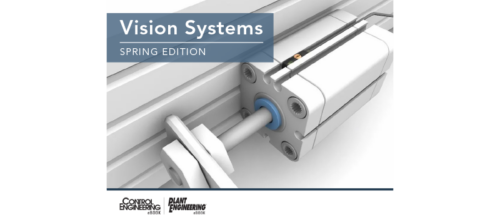EC: PCH420 HART enabled 4-20 mA vibration sensors
Machine & Embedded Control - Discrete sensors: The PCH420 series of loop powered vibration sensors adds intelligent bi-directional communications using the digital technology of HART protocol on top of common 4- to 20-mA analog signals in field installed sensors. This is a Control Engineering 2016 Engineers’ Choice Honorable Mention.
Piezo-electric vibration sensors are used to detect machinery faults such as unbalance, looseness, shaft misalignment, and bearing or gear failure. Typically analog, they must be connected to expensive monitoring systems or employed in walkaround applications requiring handheld data collectors. Due to cost-prohibitiveness, the industry turned to 4- to 20-mA sensors capable of outputting signals directly into DCS or PLC systems. However, there are still limitations of 4- to 20-mA sensors, they can only support one output variable, lack field configuration capability or programmability, and require point-to-point wiring.
Meggitt’s PCH420 series are the first HART-enabled piezo-electric vibration sensors in the market. They enable continuous online monitoring of balance-of-plant assets with a digital connection into DCS or PLC systems for local analysis of multiple vibration bands. They also support installation in multi-drop configurations and reduce wiring requirements. HART functionality enables the user to specify vibration frequency bands, detector types and full-scale measurement ranges—enabling field-configuration.
PCH sensors are powered by the network for continuous coverage, unlike wireless solutions which only offer snapshots of asset performance and utilize batteries that require frequent replacement. PCH systems are less than half the cost of wireless monitoring systems, which require gateways and other infrastructure to install.
Power constraints made the high sample rates required to capture vibration signals nearly impossible to achieve. To provide continuous data the signal must be sampled at a high frequency and heavily processed in real-time while keeping current consumption below 4 mA. Low-power microcontrollers and ADCs enabled balancing of power reductions with processing requirements, resulting in conceptualization of a sensor with three individually configurable frequency bands.
This technological achievement allows vibration sensors to join the ranks of temperature, pressure, flow, level and analytical transmitters, which have been HART-capable for more than a decade.
Meggitt Sensing Systems, www.wilcoxon.com
Do you have experience and expertise with the topics mentioned in this content? You should consider contributing to our CFE Media editorial team and getting the recognition you and your company deserve. Click here to start this process.


